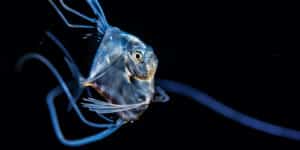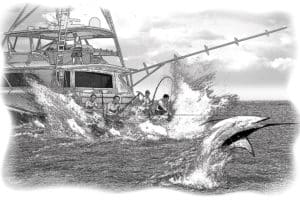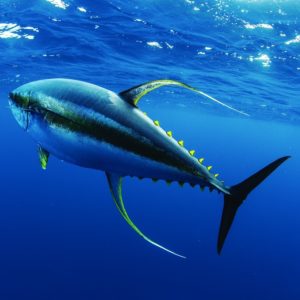For those who, like me, find fish, fisheries and their management dynamic, often discouraging but always fascinating, I suggest checking out this first-ever national bycatch report from NOAA. Though the report is new, it’s based on the analysis of 2005 data. In any case, it makes for interesting reading.
For example, I learned that roughly one out of every six fish caught commercially (17 percent to be specific) is nontargeted bycatch.
Seems like an astounding figure to me (even though that’s down from an even more astounding ratio of 22 percent, some years back), especially if you consider that many of these millions of fish can’t be used by the fishermen who catch them. In some fisheries, discard mortality is very high.
The bycatch data on which this report is based are considered of “high quality,” but such data are available for less than half of all federal commercial fisheries.
In the southeast, longlines were not surprisingly the source of highest bycatch (keeping in mind that many consider this to be “bykill”).
- As a case in point, Atlantic and Gulf longlines took nearly a half-million pounds of untargeted swordfish in one year and nearly 300,000 pounds of bluefin tuna. Longliners also threw back nearly a half-million pounds of coastal sharks.
- Gulf of Mexico reef-fish bottom longline bycatch accounted for more than a half-million red grouper a year during the study period — more than any other species.
- I was surprised at the extend of bycatch in the Gulf of Mexico reef hand line fishery, which threw back just over 1,700,000 red snapper each year. (Clearly, the mortality for fish from more than 80 or so feet of water will be very high.) Yellowtail snapper were next on the list, with 280,000 taken as bycatch.
- Perhaps less surprisingly, bycatch in the South Atlantic migratory pelagic troll fishery was quite low.
- I know little about the Atlantic and Gulf shark bottom longline fishery, but it seemed a bit of a shocker that this fishery actually brought in 5 pounds of bycatch for every 3 pounds it landed. And much of that bycatch was tiger sharks, with more than two million pounds thrown back in a year.
- For a number of species in the Southeast, bycatch greatly exceeded targeted landings. Examples include: croaker (about 12,000 pounds landed but 107 million pounds taken as bycatch), sailfish (none landed per law but 7,500 pounds caught as bycatch) and marlin/spearfish (none landed per law but more than 1,000 taken as bycatch).
The report describes its efforts and successes to reduce bycatch in various ways. While we should applaud such efforts, it’s also eminently clear that much more needs to be done, given many of the figures in this revealing report. That’s especially true for areas like the Southeast, with a great variety of fishes complicating matters in multi-species fisheries.







